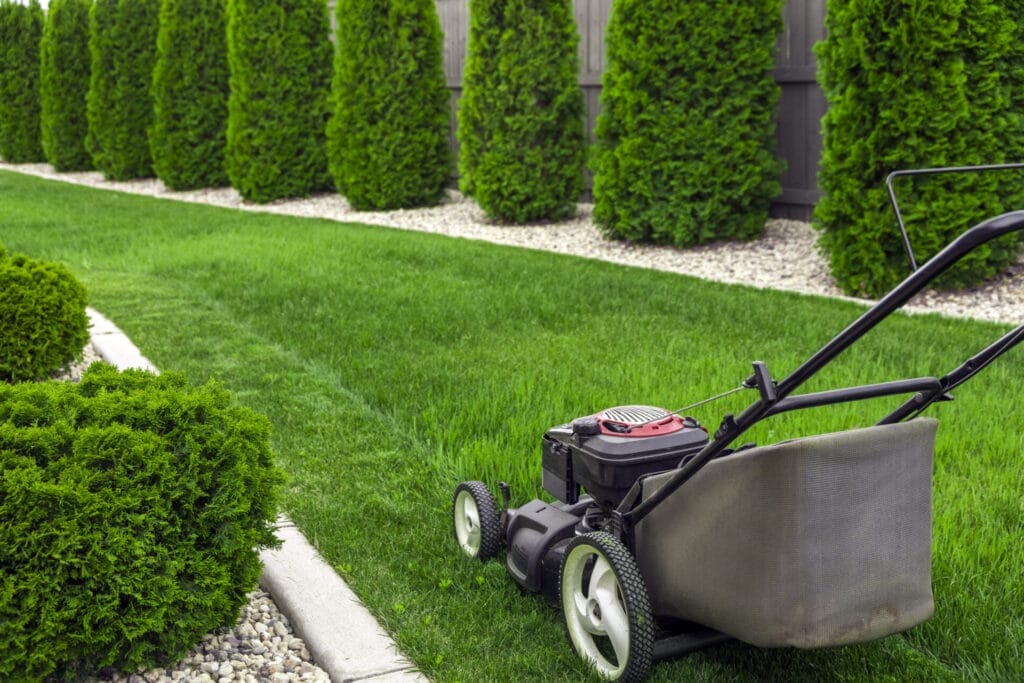How to Convert a Traditional Lawn Into a Native Meadow
By Innovation Grounds
Looking to reduce your yard maintenance, attract pollinators, and help the environment? Converting a traditional lawn into a native meadow is an eco-friendly, low-maintenance landscaping solution. Lawns are resource-intensive, requiring frequent mowing, watering, and fertilizing. A native meadow, on the other hand, offers natural beauty, supports local wildlife, and needs far less upkeep. Here’s how to transform your turf grass into a thriving meadow using native plants.
Understand the Benefits of a Native Meadow
Before diving into the process, it’s important to understand why you should convert your lawn to a native meadow:
Supports pollinators such as bees, butterflies, and birds
Reduces water usage and eliminates the need for chemical fertilizers
Increases biodiversity and creates habitat for local wildlife
Requires less maintenance compared to a traditional lawn
Adds natural beauty with colorful wildflowers and grasses
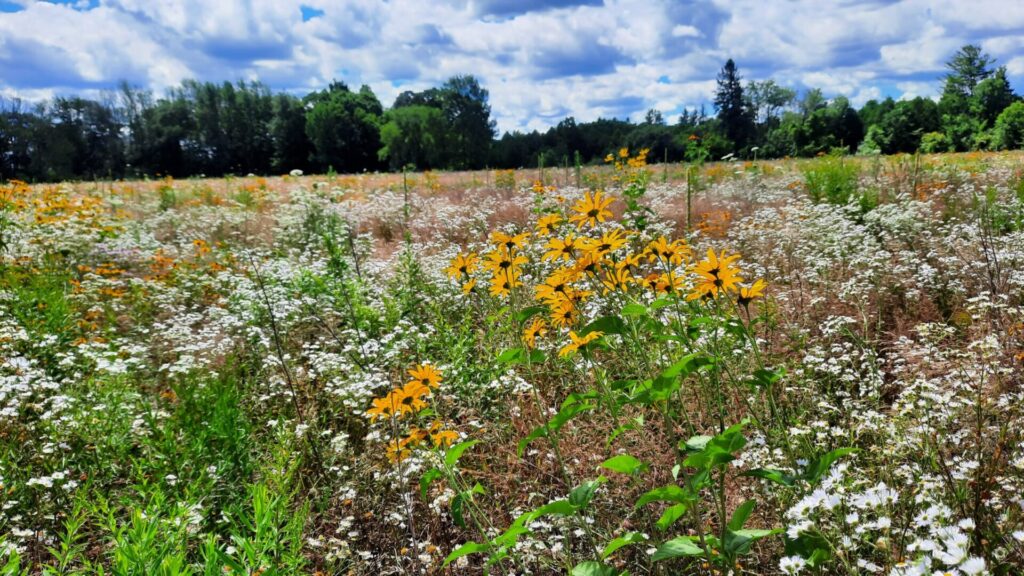
Choose the Right Location
Native meadows thrive in full sun, but some species can tolerate partial shade. Pick an area of your yard that receives at least 6–8 hours of sunlight per day. Consider soil type, drainage, and whether the area is prone to weeds or erosion. You can start with a small section of your lawn to test the process before expanding.
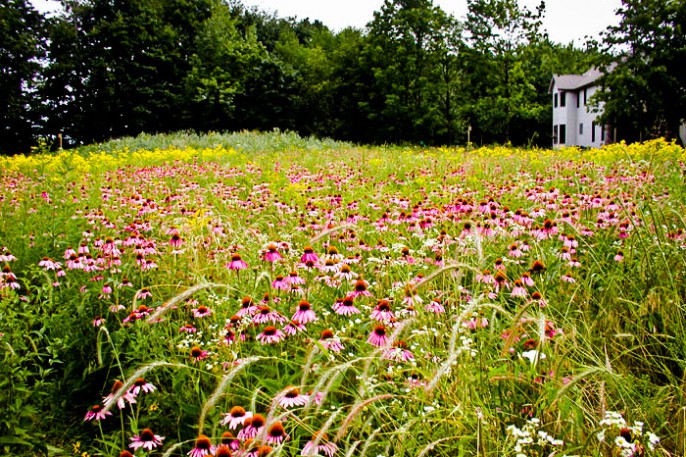
Plan Your Meadow Design
A successful lawn to meadow conversion starts with smart planning. Think about:
Plant height and bloom time for visual interest year-round
Color palette – native meadows can be colorful and dynamic
Pathways or borders to define the space and give it structure
Whether to use seeds, plugs, or a combination

Remove Existing Turf Grass
To establish a healthy native meadow, you must first remove the existing lawn. There are several eco-friendly ways to do this:
1. Sheet Mulching (Lasagna Method)
Lay down cardboard or newspaper over your grass.
Cover with a thick layer of compost and mulch.
Let sit for several months (ideally over winter).
Grass decomposes naturally under the mulch.
2. Solarization
Cover the area with clear plastic during the hottest months.
The sun’s heat kills grass and weed seeds.
Works best in sunny climates.
3. Sod Removal
Physically dig up the sod using a sod cutter.
Best for quick results but labor-intensive.
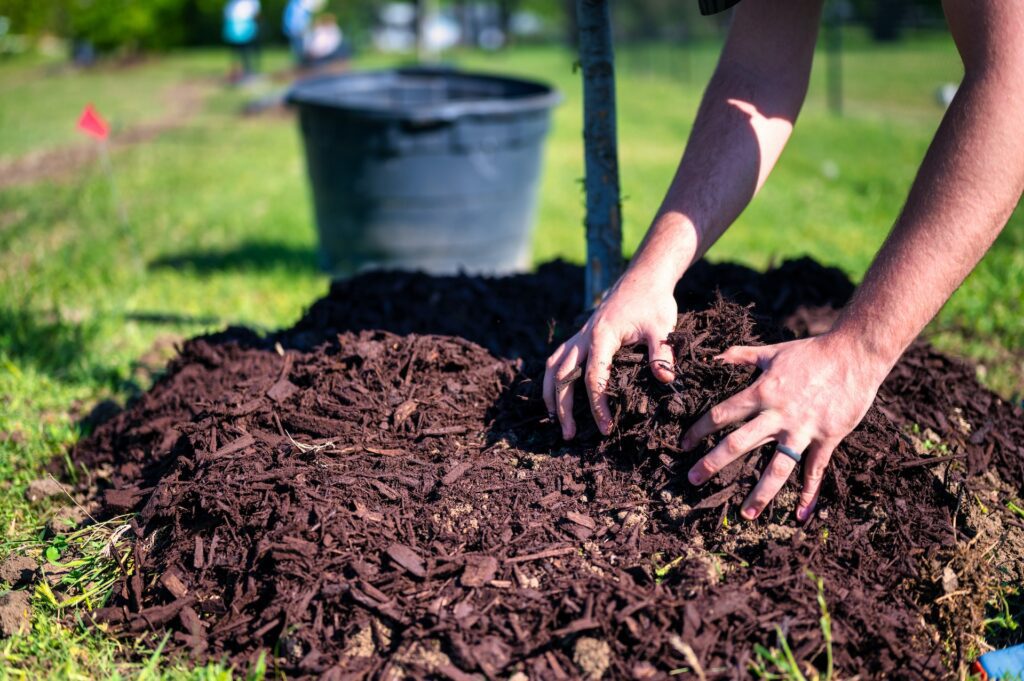
Prepare the Soil
Once the turf is removed, loosen the soil with a rake or garden fork. You typically don’t need to fertilize or amend the soil when planting native plants—they’re adapted to local conditions. However, removing large rocks and breaking up clumps can help seeds germinate more easily.
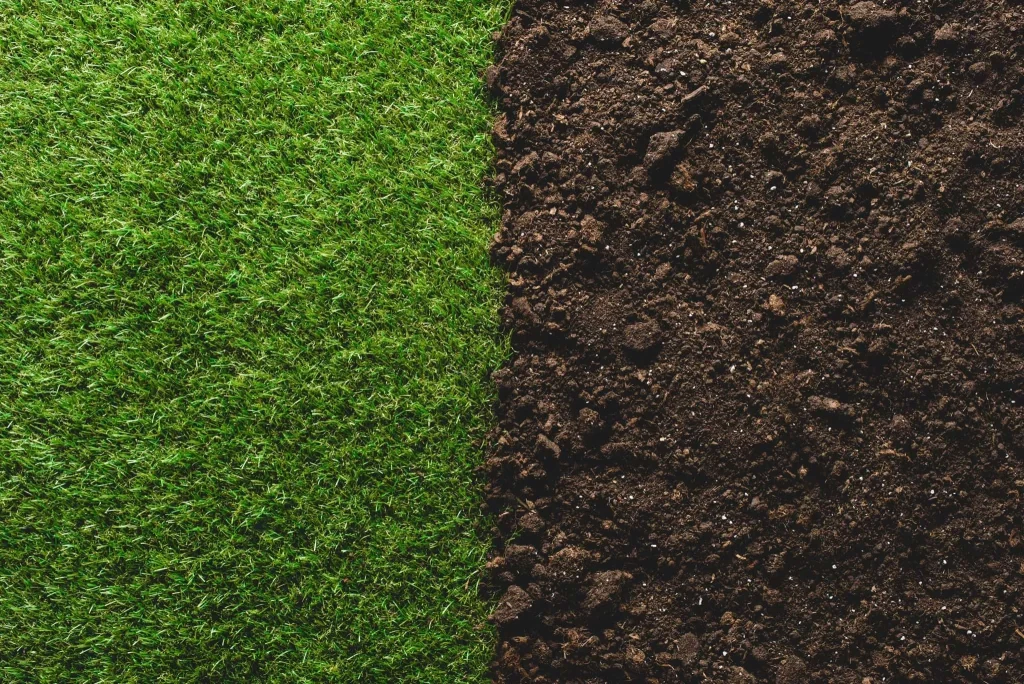
Select Native Meadow Plants
Choose a mix of native grasses and wildflowers that are suited to your region. Here are a few common choices:
Grasses: Little bluestem, switchgrass, sideoats grama
Wildflowers: Black-eyed Susan, purple coneflower, milkweed, bee balm
Make sure to source your seeds or plugs from reputable native plant nurseries to avoid invasive species.
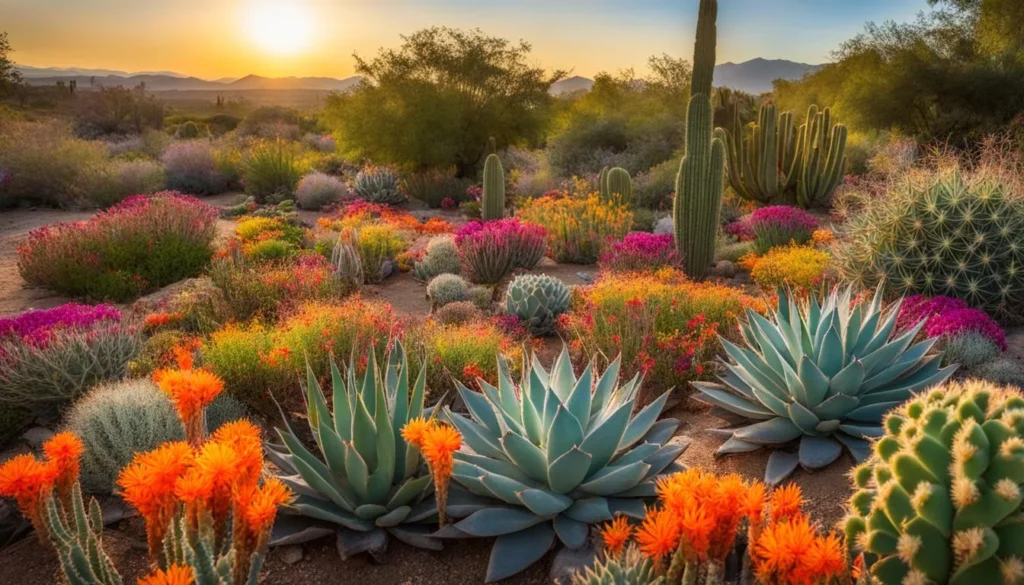
Sow Seeds or Plant Plugs
For seeds:
Mix seed with sand or sawdust for even distribution.
Hand broadcast or use a seed spreader.
Gently rake in the seeds and tamp down the soil to ensure contact.
For plugs:
Space 12–18 inches apart.
Water immediately after planting.
Fall and early spring are ideal times to plant native seeds.
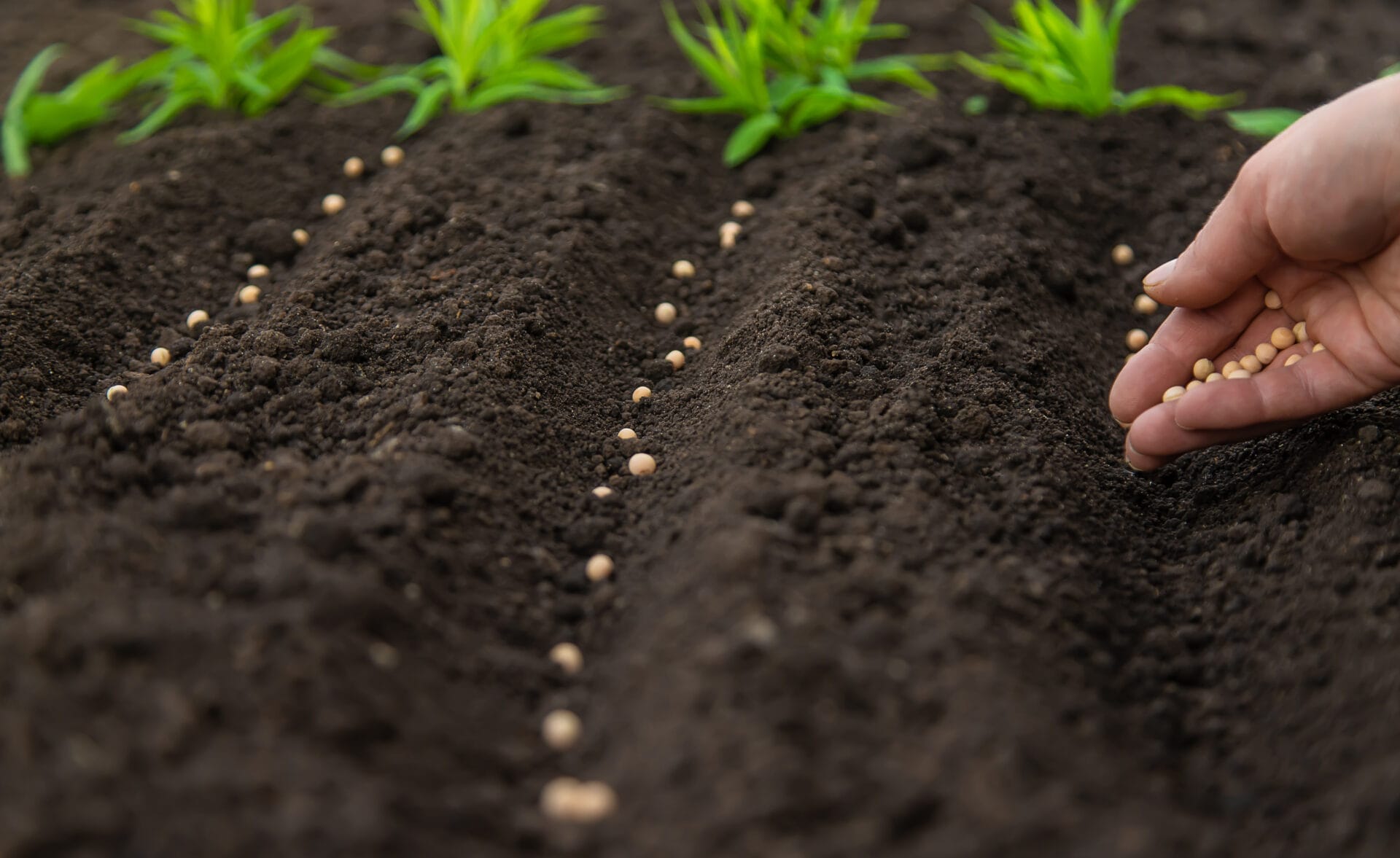
Water and Weed During Establishment
Newly seeded meadows need consistent moisture to germinate. Water lightly once or twice a week for the first few months unless it rains. Weeding is critical during the first year. Pull or cut back invasive plants that can crowd out your native seedlings.
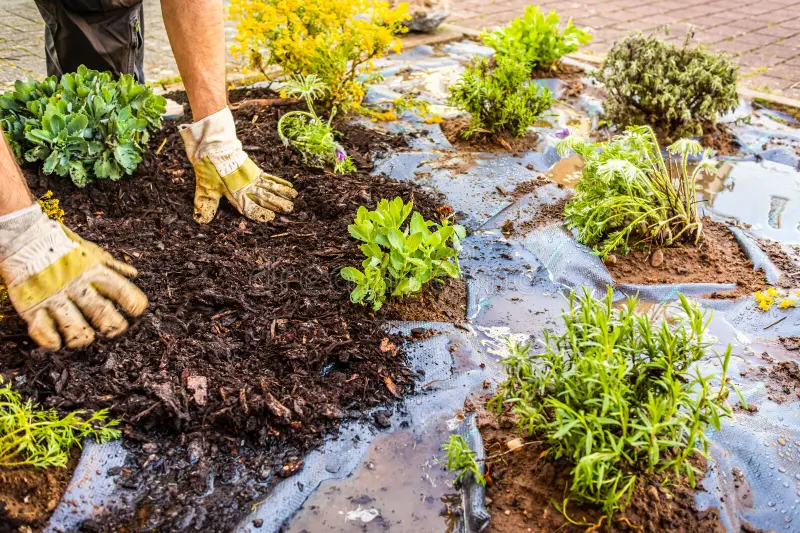
Maintain Your Native Meadow
Native meadows are low-maintenance, but not no-maintenance. Here’s how to care for yours:
Mow once a year in late winter or early spring to remove dead stalks and promote new growth.
Spot-weed as needed in the first few years.
Reseed bare patches to keep the meadow healthy.
Monitor for invasive species and remove them promptly.
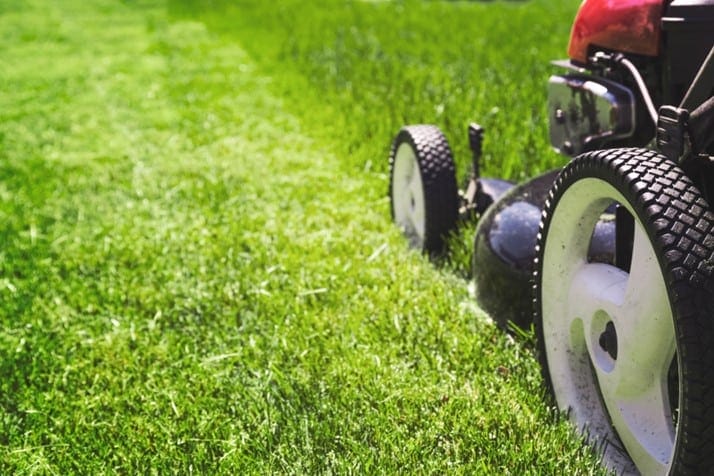
Final Thoughts
Converting your lawn to a native meadow is a rewarding project that pays off in beauty, biodiversity, and sustainability. While it may take a year or two to fully establish, the long-term benefits far outweigh the initial effort. Plus, you’ll be part of a growing movement toward more eco-conscious, regenerative landscaping.
